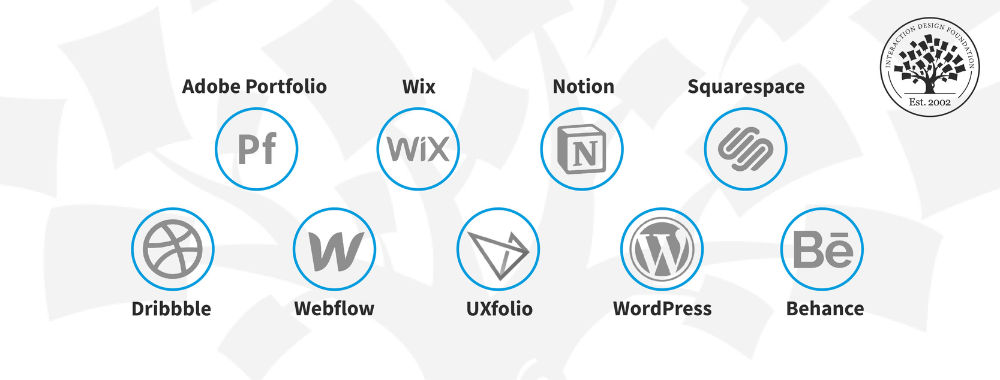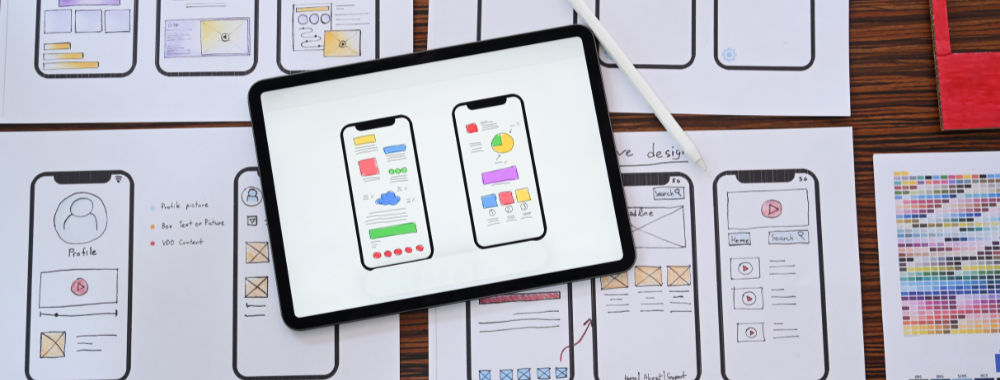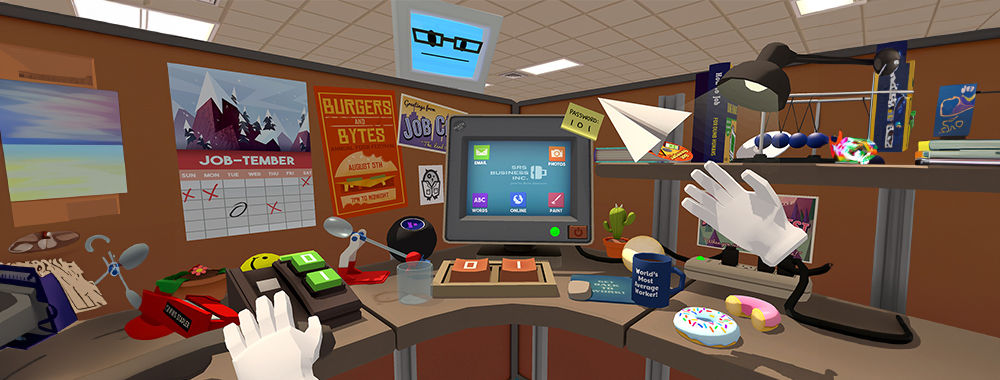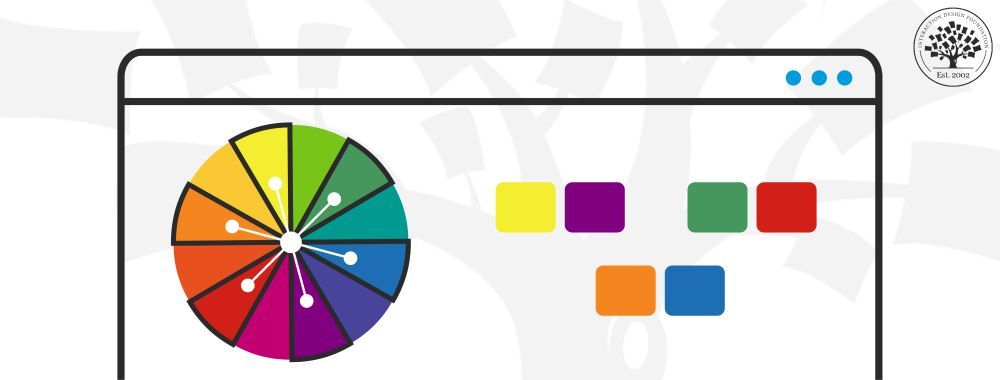We all know that interaction designers seek to make useful and usable products and services. We know that they incorporate user-centered design approaches in trying to achieve this. But what exactly are the basic ingredients of Interaction Design?
1. Goal Oriented Design
We’ve heard people argue that user research doesn’t belong in Interaction Design; we’d beg to differ – the best designs for users always involve user research. If you don’t ask your users what they want/need – how could you deliver it?
The purpose of user research for interaction designers is to identify what users want to do with your product. For example; perhaps your users want to be able to get a quote for their household, motor and life insurance from your website. This goal is then paramount as part of the interaction design process. It doesn’t matter if interacting with your product is pleasant if the user cannot do what they set out do with it.
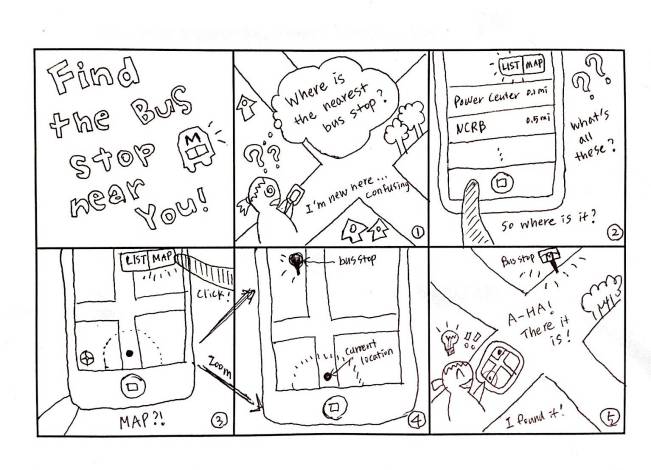
Author/Copyright holder: Unknown. Copyright terms and licence: Unknown.
2. Invisibility
Users only really know that an interface exists when they’re not happy with it. The best interfaces achieve a state of near invisibility where the user sees the interface as a natural part of the process that they’re trying to accomplish. In essence they don’t require any complex thought, they don’t need any waiting time, they don’t require awkward actions, they just facilitate getting the job done.
3. Recognizable
The ideal user interface builds on what the user already knows; icons and buttons follow a formula that the user is familiar with. This reduces the thought required to deal with the interface and makes the process more instinctive. There may be a better design than a steering wheel for turning a car but if you got into a car where that wheel had been replaced by paddles; how easy would it be for you to get started?

Author/Copyright holder: ilanthirayan. Copyright terms and licence: CC BY 3.0
This is particularly true for affordances; if you are using links in text – it’s going to be easier for everyone if those links look like links rather than if they look like ordinary text or if you use a brand new convention for links (such as using 48 point Comic Sans to denote a link).
Summary
The basic ingredients of interaction design are simple; they’re so simple that they seem like they should be common sense. However, all too often they’re not common sense. Interaction design is a highly skilled profession because making interfaces that are goal driven, invisible and recognizable is much more complex than it might first appear. You can learn more about interaction design by taking one of our courses. Don’t forget that IxDF members can access all of our open courses at no cost throughout their membership.
Header Image: Author/Copyright holder: Samuel.mann. Copyright terms and licence: CC BY-SA 3.0


